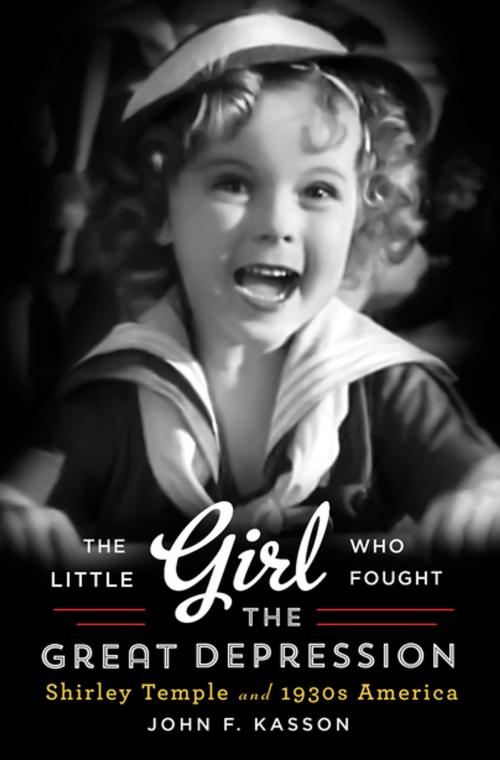The Little Girl Who Fought the Great Depression: Shirley Temple and 1930s America
Nonfiction, History, Americas, United States, 20th Century, Biography & Memoir, Entertainment & Performing Arts| Author: | John F. Kasson | ISBN: | 9780393244182 |
| Publisher: | W. W. Norton & Company | Publication: | April 14, 2014 |
| Imprint: | W. W. Norton & Company | Language: | English |
| Author: | John F. Kasson |
| ISBN: | 9780393244182 |
| Publisher: | W. W. Norton & Company |
| Publication: | April 14, 2014 |
| Imprint: | W. W. Norton & Company |
| Language: | English |
"[An] elucidating cultural history of Hollywood’s most popular child star…a must-read." —Bill Desowitz, USA Today
For four consecutive years she was the world’s box-office champion. With her image appearing in periodicals and advertisements roughly twenty times daily, she rivaled FDR and Edward VIII as the most photographed person in the world. Her portrait brightened the homes of countless admirers, among them J. Edgar Hoover, Andy Warhol, and Anne Frank.
Distinguished cultural historian John F. Kasson shows how, amid the deprivation and despair of the Great Depression, Shirley Temple radiated optimism and plucky good cheer that lifted the spirits of millions and shaped their collective character for generations to come.
"[An] elucidating cultural history of Hollywood’s most popular child star…a must-read." —Bill Desowitz, USA Today
For four consecutive years she was the world’s box-office champion. With her image appearing in periodicals and advertisements roughly twenty times daily, she rivaled FDR and Edward VIII as the most photographed person in the world. Her portrait brightened the homes of countless admirers, among them J. Edgar Hoover, Andy Warhol, and Anne Frank.
Distinguished cultural historian John F. Kasson shows how, amid the deprivation and despair of the Great Depression, Shirley Temple radiated optimism and plucky good cheer that lifted the spirits of millions and shaped their collective character for generations to come.















